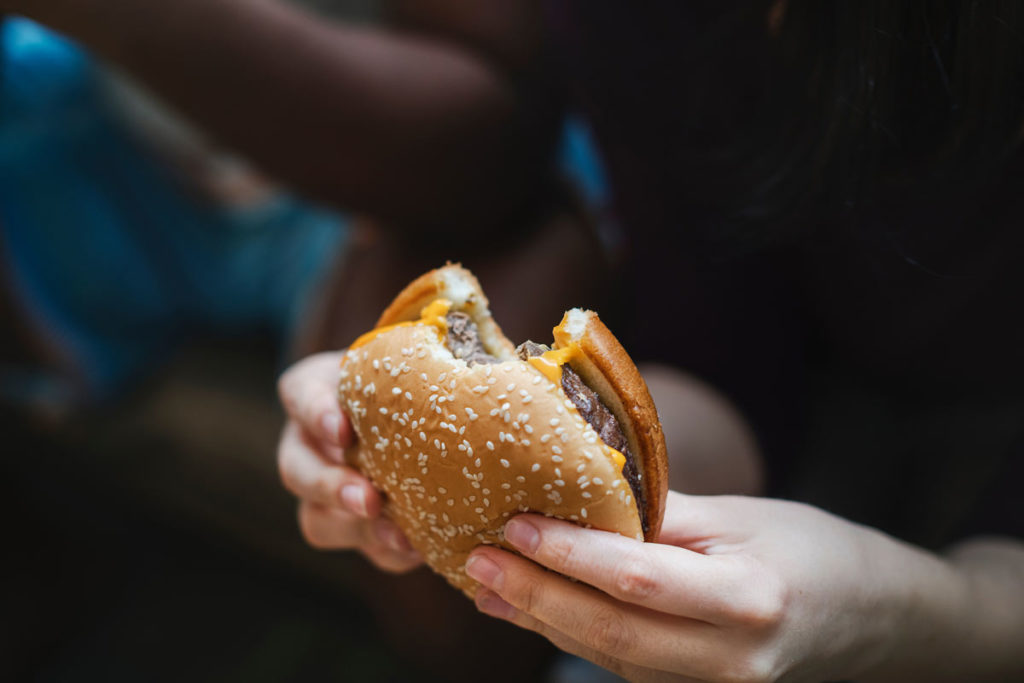
The American Academy of Pediatrics has expressed a growing concern about chemicals added to both food and food packaging. There are over 10,000 different chemicals that are legal to add to food or food packaging in the United States and 1,000 of those additives do not require the Food and Drug Administration’s approval for use. As some of these chemicals have been grandfathered in from the 1950s, their only claim to safety is that no one has been able to prove that they are unsafe. For a complete and official definition of these Generally Recognized as Safe additives see the Food and Drug Administration’s website.
Several studies have shown that chemicals in plastic, cardboard, and food coatings can be a serious detriment to the health of a child. Children are at a greater risk because they are still growing and developing. Doctors of the American Academy of Pediatrics are now pushing for more research to be done on the effects of these additives in both adults and children. A serious lack of research on these subjects leaves doctors and parents feeling concerned about what they give to their patients and children. Currently, the Food and Drug Administration does not have the authority to retest many chemicals already on the market. Congressional action is the only way for the Food and Drug Administration to be granted permission to test the safety of food additives that have been consumed for generations. Doctors are especially worried about how a child’s hormones may respond to these chemicals potentially causing permanent damage to their health. The wait for more research continues. In the meantime, doctors have the following recommendations for parents and childcare workers.
Avoid these chemicals:
- Bisphenols (like BPA) disturb hormone production by acting like Estrogen.
- Phthalates can affect the development of male genitalia and increase the chance of developing childhood obesity.
- Perfluoroalkyl can negatively affect fertility, the immune system, and thyroid function.
- Perchlorate can impact cognitive development and thyroid function.
- Artificial food colors can aggravate the symptoms of Attention Deficit Disorder.
- Nitrates/nitrites have been tied to cancers of both the stomach and the nervous system.
These are easiest to identify and avoid through recycling codes 3, 6, and 7. If you see these numbers printed or embossed on the packaging of your child’s food do not purchase them. If they are unavoidable, then do not microwave or freeze this material as this will contribute to the leaching of chemicals into the child’s food. Everyday items such as canned food can present the danger of BPA. Popcorn bags and non-stick pans are coated in a chemical that some studies have linked to cancer. To avoid chemicals more thoroughly, buy unprocessed fruits and vegetables; wash and skin them before eating; and cook/store foods in stainless steel and glass containers.
This helpful article from PBS lists the “Dirty Dozen” otherwise known as twelve of the most chemical-laden produce items at the grocery store. Similarly, it lists the “Clean Fifteen” a group of produce items that require fewer pesticides and other such chemicals during their growth and processing.
The most influential step you can take to improve the health of the nation is to write to or call your local congressperson to inform them of your concern for the safety of your food. The Food and Drug Administration needs congressional approval to do the kind of testing that the American Academy of Pediatrics deems vital to the health and safety of our growing nation. You can help change the country for the better by communicating your concerns to your local congressperson and then voting when the issue is brought forth.


